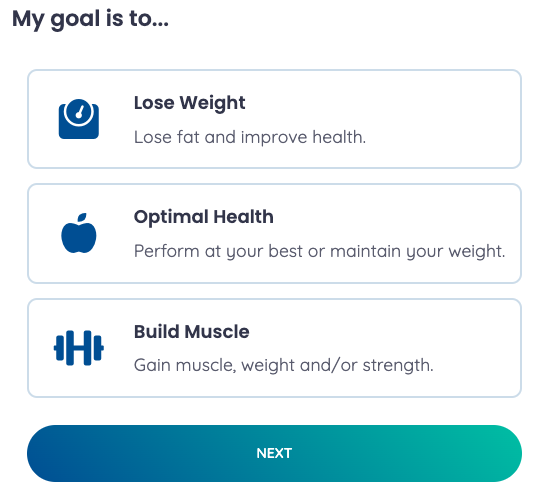Layering for Exercising Outside in the Winter
As in the summer, spring, and fall, there are innumerable reasons for you to get outside and exercise all winter. There are even a few bonus reasons in the winter. Working out in the cold means your body works a little harder to stay warm, burning extra calories. If you find working out in the summer uncomfortably warm, you might actually prefer the winter.
With the cooler temps, there are a few things to think about that may not have occurred to you if you’ve always been a fair weather runner. The goal is to stay warm, but not so warm that you’re sweating hard. Sweat will make you cold, so we’re aiming for that happy middle ground, which will take some trial and error. There are three key differences to dressing for cold weather exercise: layers and clothing material and more layers.

Material
This can get complicated, but it doesn’t need to be. A rule of thumb is to stay away from cotton. Cotton is a poor insulator and holds moisture (sweat) and keeps it close to your body, keeping you cold and chilled. The science is to use materials that allow moisture to travel as readily as heat, wicked away from the skin. Instead, wear clothes that are made from synthetic material blends, or wool if it’s comfortable. For most exercise, synthetics are fine. Synthetic materials will wick sweat away from your skin, keeping you dry, and thus warmer. If they do get wet, synthetics will still maintain their insulating properties, keeping you warm. Same for wool. This is more important for layers next to your skin > socks, pants/leggings/underwear, sports bra, top and gloves.
Layers
You’re going to need a few more of these, but likely not as many as you think. The layers that work best vary from person to person, as everyone has a different tolerance for cooler temperatures. There is also no need to wear leggings or tights if you prefer loose clothes. One rule of thumb for inner layers and mid layers is “Thin is in.” Keep them thin!
Lots of layers.
When you’re learning, it’s better to err on the side of caution. A freezing, miserable experience will leave you skipping your next workout. It’s annoying to have to remove layers, but you can always tie them around your waist and make a mental note to go lighter next time. Build your insulating layers intelligently– Useful layers include:
1. The inner layer- Something fairly snug and thinner next to the skin. (thinner whisks the moisture to the outer side of that layer travelling with the heat loss, thereby keeping the inner layer next to your skin dry- remember “Near the skin keep it Thin”).
2. The mid-layer- Next, a looser long sleeve on top (or two). If cooler, add more layers here.
3. Outer layer- A light jacket to break the wind yet breathes or a light insulating jacket (pick and choose, depending on the temperature). If you don’t have these, start with what you have, as long as it’s NOT cotton.
Go bold, start cold.
This will take some experience. As you exercise, your body will warm up and keep you warm, even when it’s cold outside. A good rule of thumb it to wear enough layers so that you feel cool (not freezing!) standing still before you begin.
Don’t “lose” your head!
We lose lots of heat through our heads and the back of our necks, so as the air cools down, remember to bring a hat (Canadian Toque) or a headband! Thin headbands are great if you sweat a lot and need to release some heat, yet still keep your ears warm. Bring a pair of gloves or mittens for your hands too – nothing is more miserable than cold, chapped hands that never warm up. For your feet – wool or synthetic socks (layers of socks… thin next to the skin) will make a big difference in avoiding blisters and keeping your toes warm, even if your shoes aren’t water proof. These materials insulate, even after they get wet, unlike cotton.
It may feel like a lot to think about at first, but like all things exercise, the best way to learn is just to start . Pick a day that’s not too cold, to get started, layer up and head out to enjoy the many activities winter has to offer! You can run, walk, hike, cross country ski, skate, bike/fat bike (be careful on roads!), and snowshoe! Plan on rewarding yourself with a hot tea or coffee afterwards – one of the best parts about getting out in the winter is getting cozy afterwards!






